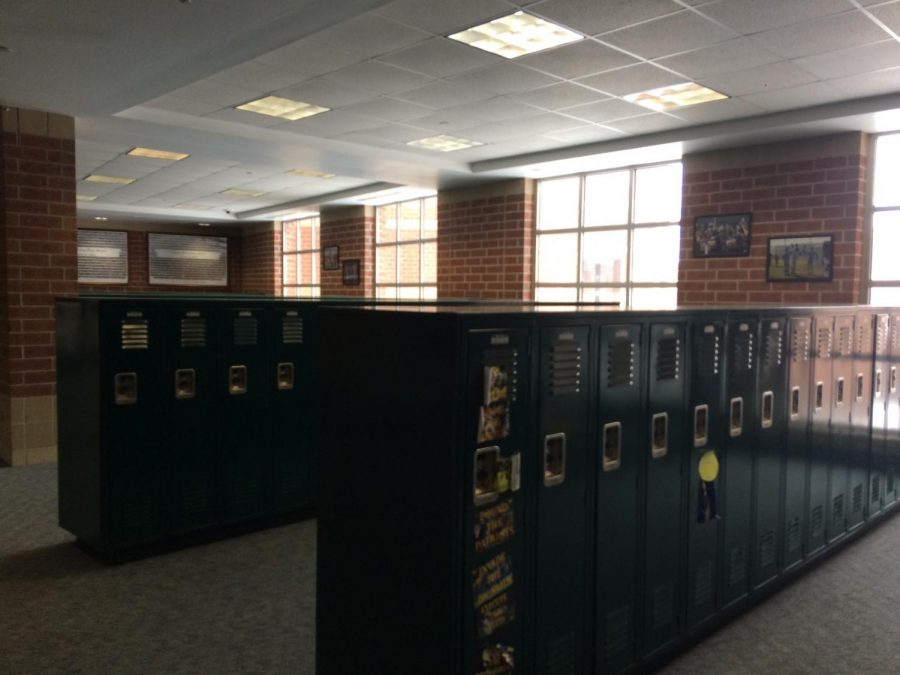The backpack revolution
January 29, 2019
One quintessential part of the modern high school experience is the image of slamming lockers and crowds of backpack-laden teens.
Backpacks, however, were not popular in high schools before the 1980’s. Up to that point, students used alternative methods of storing books — like satchels and lockers.
Older lockers were often more like cubby-holes for books. They could be any size or shape with little standardization. Some were made of wood rather than the metal that we use today. Some fancier lockers included a second narrower locker for a coat in the winter — usually about half the width of Neuqua’s current lockers.
Although I have no idea how past students dealt with the issue of locker crowding — it’s a struggle enough today, and I can’t imagine squeezing myself into half the space — they seemed to be able to store materials just fine. And then, alongside parachute pants and leg warmers, the backpack took schools by storm. Unlike parachute pants and leg warmers, however, backpacks were there to stay.
Since the backpack revolution in schools, lockers have changed, growing both taller and fatter to accommodate the bags. Modern lockers are no longer chubby almost-squares, but proud half-cabinets. Despite this attempt to shift with the times, many Neuqua students don’t use their lockers past freshman year. Backpacks have replaced lockers for some due to their portability, and the bags have grown heavier for it. Part of this problem has been mitigated by an increase in technology, but many still worry for students.
As some locker banks are converted into study areas and the question of back health becomes more pressing, we can only wonder what’s next for the complicated relationship between school book bins and school book bags.


